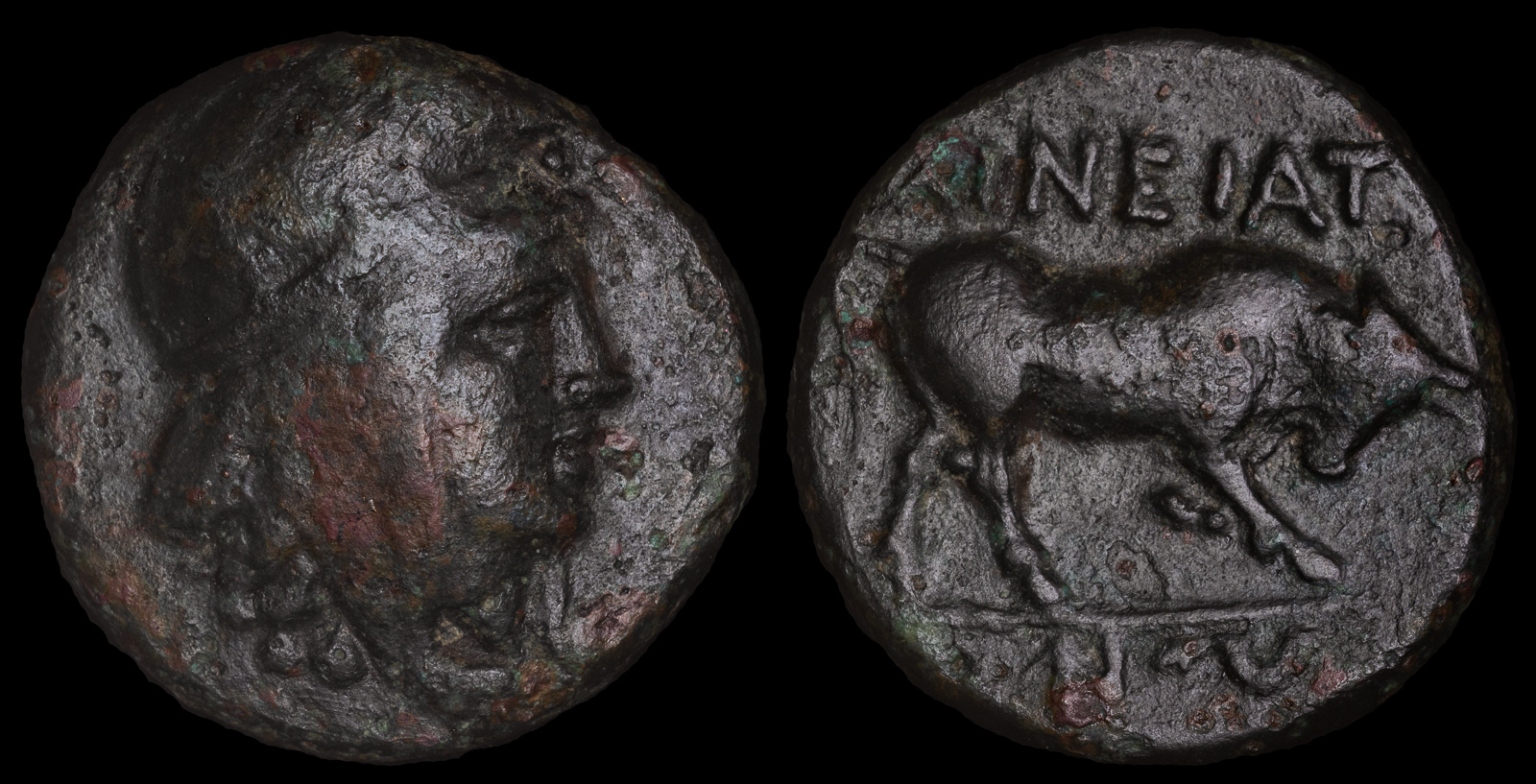Bull
View All Tags
The bull was closely linked to the gods, especially in the context of Zeus, the king of the gods. One of the most famous myths involving a bull is the story of Zeus transforming into a bull to abduct the Phoenician princess Europa. This myth reflects the bull’s association with both divine authority and transformation, as Zeus used the animal form to enact his will. Additionally, bulls were sacred to many deities, such as Apollo and Poseidon, symbolizing the gods’ power over the natural world and their control over fertility and agricultural abundance. In these contexts, bulls were often depicted in art and religious iconography as representations of divine force and fertility.
The bull’s strength and virility also made it a symbol of fertility and agricultural prosperity. Bulls were essential in farming for plowing fields, and their association with the land and its fertility was crucial to the success of ancient Greek society. Bulls were often sacrificed in rituals to honor gods like Demeter, the goddess of the harvest, in hopes of securing a bountiful crop. The act of sacrificing a bull was seen as a means of invoking divine favor for agricultural fertility, with the animal representing the life-giving force of nature.
In Greek mythology, the bull was sometimes seen as a symbol of sacrifice and renewal. The myth of the Minotaur—a half-man, half-bull creature imprisoned in the labyrinth of Crete—illustrates the bull’s darker side as a symbol of destructive power and the need for control and order. In this story, the bull also symbolizes the wild, untamed forces of nature that must be subdued. The myth of the Minotaur was connected to the ritual of bull-leaping in Crete, a practice that involved jumping over bulls as a form of symbolic conquest over the animal’s power, signifying mastery over chaos and the untamed forces of nature.
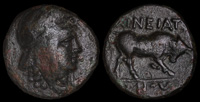
Aineia, Macedon 4th century BCE

Amphipolis, Macedon 27 BCE – 14 CE.
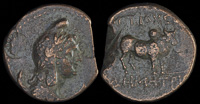
Antioch, Pisidia 100-27 BCE

Antissa, Lesbos 250-167 BCE
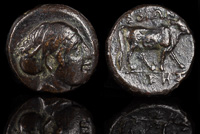
Boione, Aeolis 4th century BCE
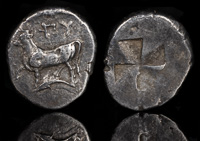
Byzantion 340-320 BCE
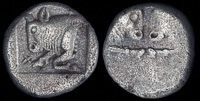
Chersonesos, Caria 480-450 BCE
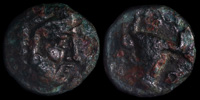
Dikaia, Macedon 400-350 BCE
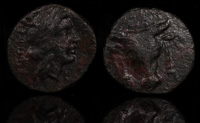
Elataia, Phokis 4th-3rd cent BCE
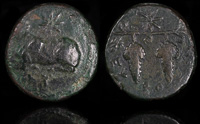
Euboian League 304-290 BCE
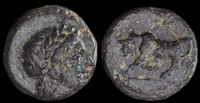
Gambrion, Mysia 400-300 BCE
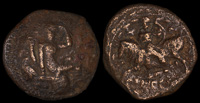
Gortyna, Crete 250-221 BCE
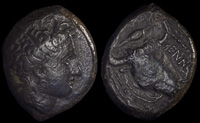
Henna, Sicily 339-335 BCE
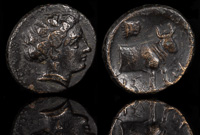
Histaia, Euboia 338-304 BCE

Kalchedon, 340-320 BCE
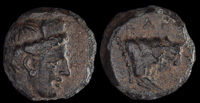
Karyanda, Caria 4th Century BCE
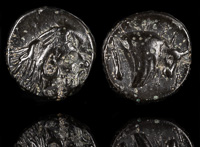
Karystos 350 BCE
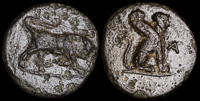
Kaunos, Caria 350-300 BCE
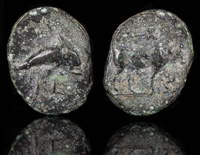
Keramos, Caria 4th century BCE
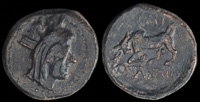
Konana, Pisidia 1st Century BCE
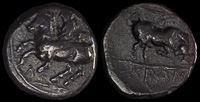
Krannon, Thessaly 300 BCE
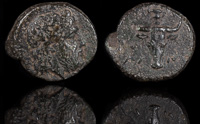
Lamponeia, Troas 4th cent BCE
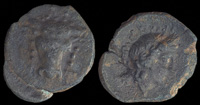
Lilaia, Phokis 4th-3rd centuries BCE
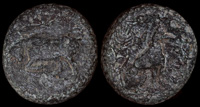
Madytos, Thrace 350 BCE

Madytos, Thrace 350-300 BCE
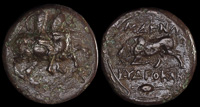
Magnesia ad Maeander 350-200 BCE
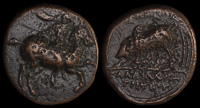
Magnesia ad Maeander 350-200 BCE

Magnesia ad Maeander 350-200 BCE
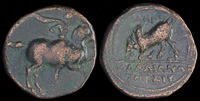
Magnesia ad Maeander ca 350-200 BCE
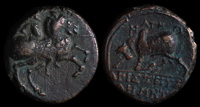
Magnesia ad Maeander, Ionia 350-200 BCE

Magnesia ad Maeandrum 350-200 BCE

Magnesia ad Maeandrum 350-200 BCE
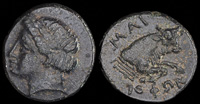
Magnesia ad Maeandrum 350-200 BCE

Magnesia ad Meander, Ionia 350-200
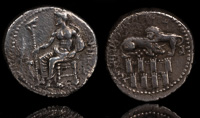
Mazaios 361-334 BCE

Miletopolis, Mysia 400-300 BCE
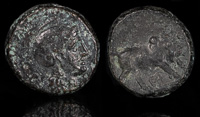
Myrleia, Bithynia 4th-3rd centuries BCE
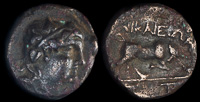
Nikaia, Bithynia 300-100 BCE
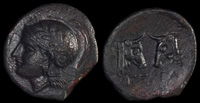
Pergamon, Mysia 310-282 BCE
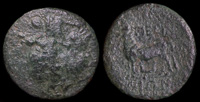
Perinthos, Thrace ca 250-200 BCE
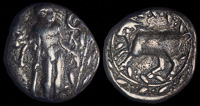
Phaistos, Crete 330-320 BCE

Pharnabazos 379-374 BCE
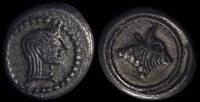
Phasis, Kolchis 425-325 BCE
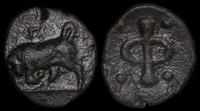
Phlious, Phliasia 400-350 BCE
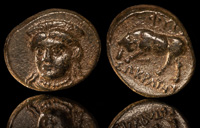
Phygela, Ionia 350-300 BCE
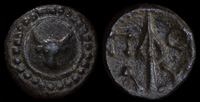
Polyrhenion, Crete 330-280 BCE

Samaria 375-333 BCE
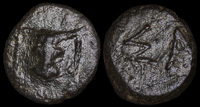
Same, Elis 370-189 BCE

Tauric Chersonesos, Chersonesos 300-290 BCE
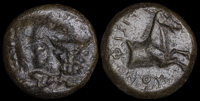
Teisiphon

Teisiphon, Pherai 359-353 BCE

Termessos, Pisidia 71-36 BCE
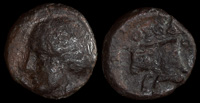
Theodosia, Bosporos 360-300 BCE

Tralleis, Lydia 3rd century BCE
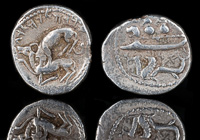
Urimilk III of Byblos 333 BCE
